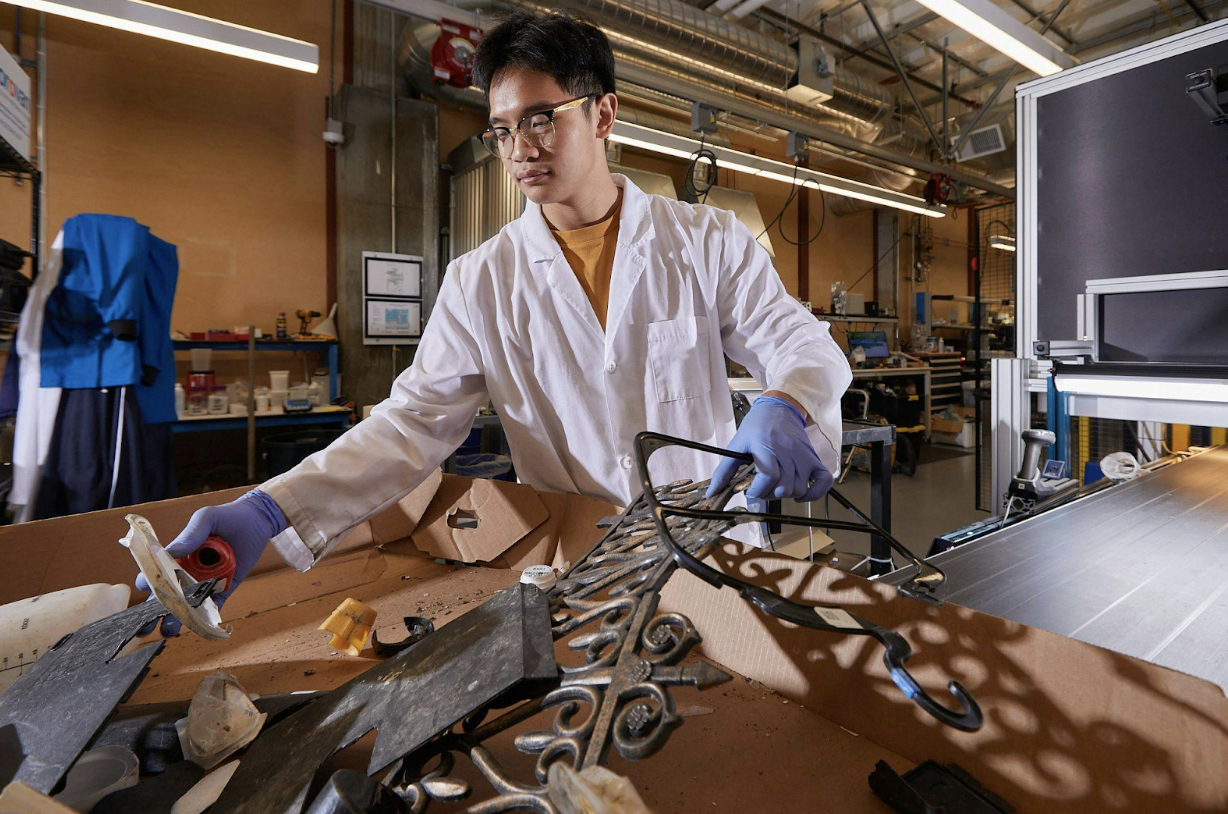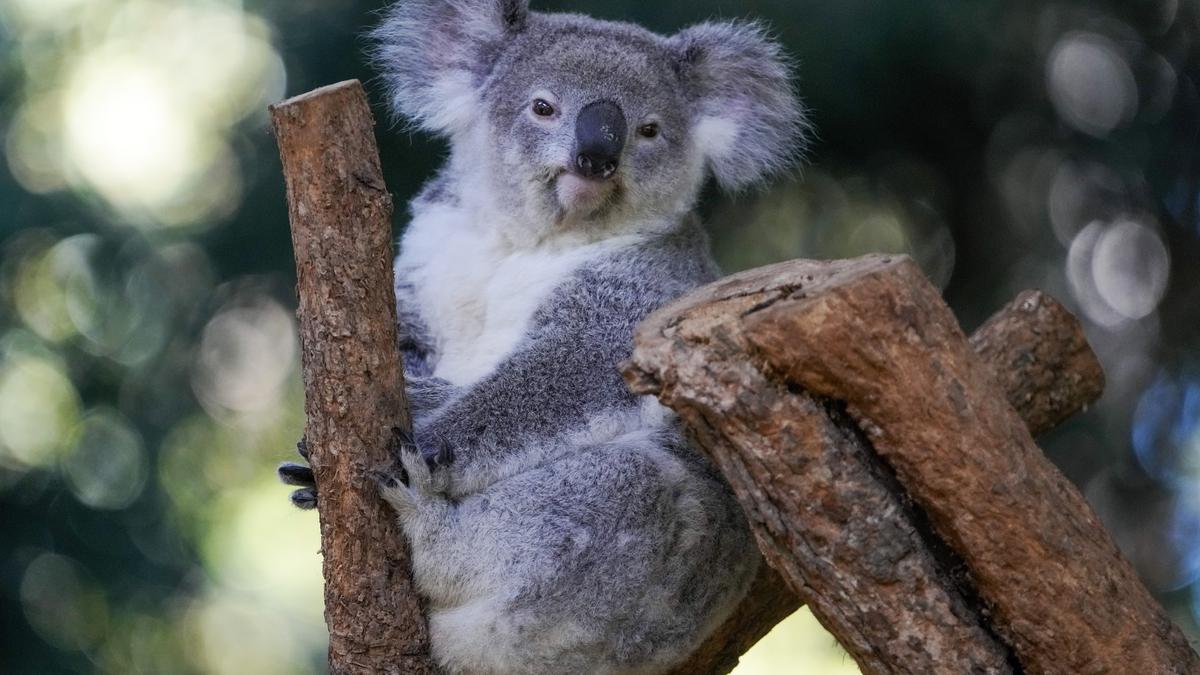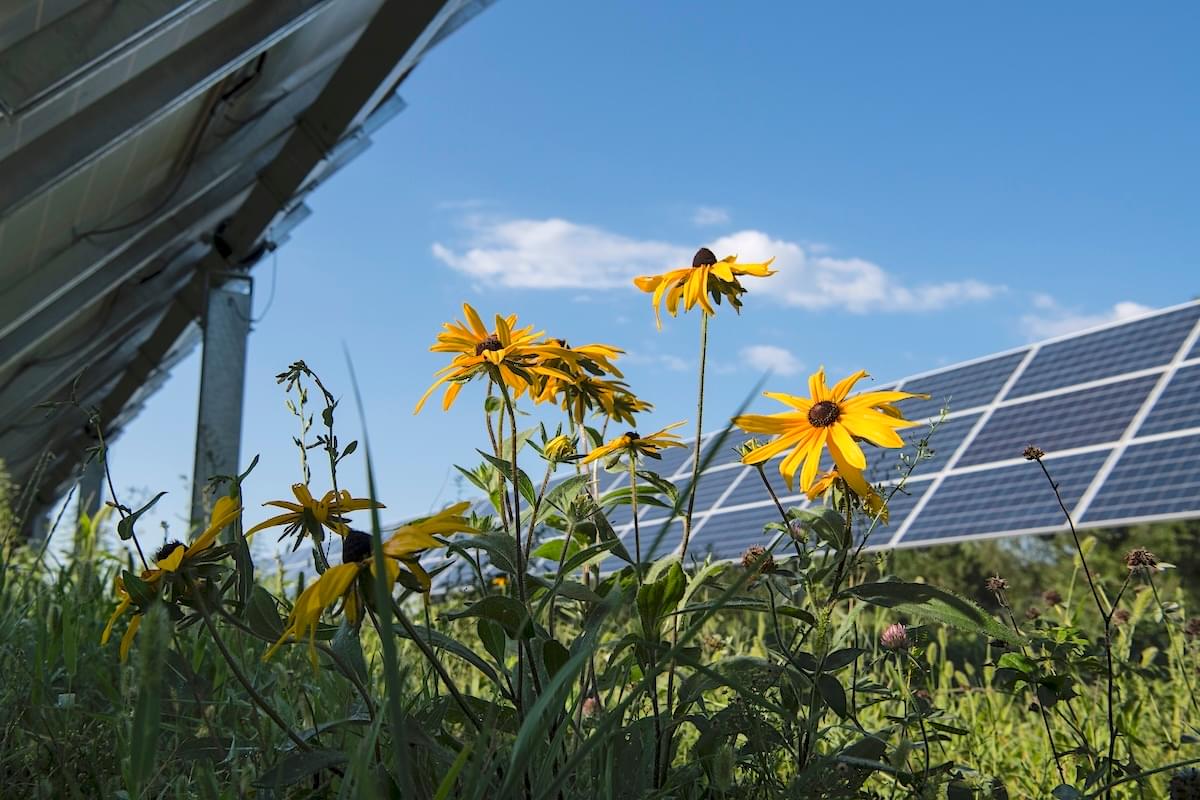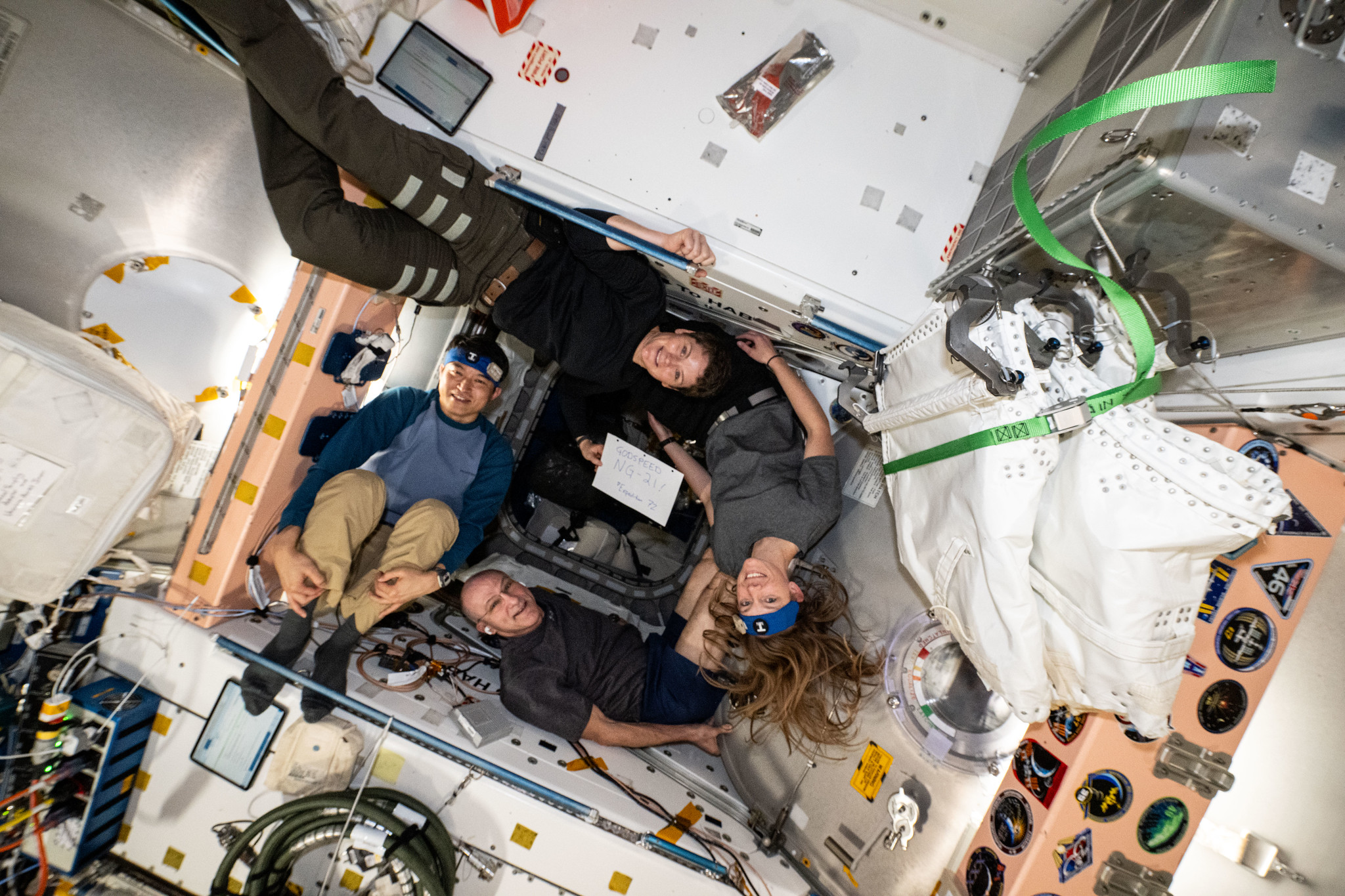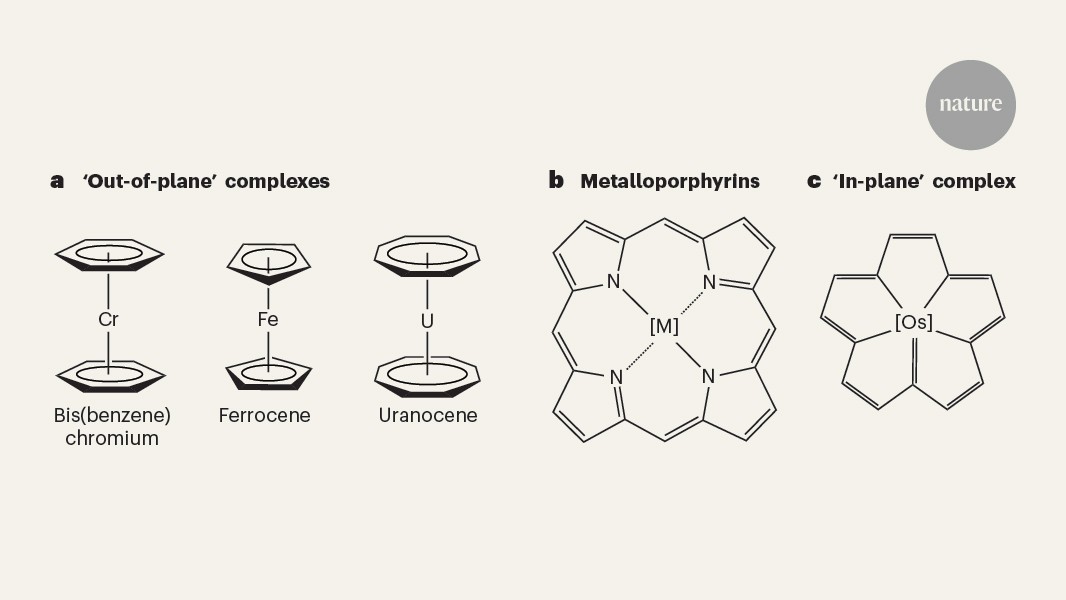Axolotls raised in captivity can survive in the wild
The popular amphibians are only found in one lake in Mexico City. The post Axolotls raised in captivity can survive in the wild appeared first on Popular Science.

With their wispy faces, unique coloring, and big salamander-like eyes, axolotls (Ambystoma mexicanum) are having a cultural moment. Axolotl merch is all over the internet, you can symbolically adopt one, and their popularity is rising among pet collectors.
While visiting family in Philadelphia, Alejandra Ramos González, an ecologist at the Universidad Autónoma de Baja California in Mexico (UNAM) who studies the amphibians, even gave axolotl talks to enthusiastic elementary school students. “I was amazed by how much kids in the U.S. love axolotls!” Ramos González tells Popular Science.
To help answer why, Ramos González went straight to the source: her 11-year-old niece, Elena. “Axolotls can only be found in one place, and that’s what makes them so unique. They are also adorable, and their faces are funny,” says Elena.
That these critically endangered amphibians are only found in one place on Earth does make them vulnerable. Amphibians like axolotls are among the most threatened by climate change, but knowing more about what they need to survive in their preferred surroundings can help conservation efforts.
Now, a new study of 18 captive-bred axolotls found that they can survive in some wild wetlands in Mexico. The findings are detailed in a study published April 30 in the journal PLOS One and hint at some new avenues to explore to protect these charismatic creatures.
What are axolotls?
Named for the Aztec god Xolotl, the amphibians are only found in Lake Xochimilco in Mexico City. At their largest, they weigh only half a pound and are about a foot long. They primarily eat insect larvae, worms, fish, and small crustaceans. Those feathery appendages on the sides of their heads are external gills. While adult axolotls do have lungs, they still primarily rely on those signature gills to breathe.
Most amphibians grow out of their aquatic phase (tadpoles) and then spend the rest of their lives living on land. However, the “Peter Pan of amphibians” do not go through metamorphosis. Instead, axolotls keep many of their larval characteristics and spend their adult life in the water.

They are housed in several zoos and aquariums around the world and their unique lifestyle and habitat make them prime study candidates–in the lab.
“Although the axolotl is one of the most extensively studied organisms in the laboratory, there is very little information about its behavior in the wild,” study co-author and UNAM ecologist Luis Zambrano tells Popular Science. “This study is one of the first attempts to understand axolotls in their natural environment—not only for biological insight, but also to inform ecological restoration efforts.”
[ Related: Go (virtually) adopt an axolotl, the ‘Peter Pan’ of amphibians. ]
Release the axolotl(s)
In the new study, the team selected 18 axolotls (nine males and nine females) raised in captivity at the Laboratorio de Restauración Ecológica at the Universidad Nacional Autónoma de México for release into both restored and artificial wetlands.
“We included individuals of both sexes to ensure balanced representation, as well as a range of age groups to incorporate both young and older axolotls,” says Ramos González, who is also a co-author on the new study. “All individuals were of the wild-type morph, characterized by their darker coloration, which is native to the Xochimilco population.”
They were released into two distinct aquatic habitats in southern Mexico City: a restored area Lake Xochimilco and a pond in the artificial wetland of La Cantera Oriente. Using VHF telemetry the team tracked the captive-bred axolotls in both environments and recaptured a few axolotls for analysis at the end of the study period.
They found that the axolotls in both environments survived and successfully foraged, with some gaining weight following their release. The animals in the artificial pond travelled greater distances. Temperature appeared to be their biggest preference. In the restored lake Xochimilco, their movement peaked when the water was around 61 degrees Fahrenheit (16 to 17 degrees Celsius). In the artificial wetland La Cantera Oriente, movement peaked at a cooler 59.9 °F (15.5 to 16.5 °C).
“One of the most surprising findings was that, in Xochimilco, older axolotls traveled shorter distances per day compared to younger ones,” says Ramos González. “The reason for this is still unclear, but it is possible that older individuals, through experience, are better able to select and defend high-quality territories with sufficient food, reducing their need to travel for foraging.”

A step towards ‘true conservation’
According to the team, these findings show that artificial wetlands like La Cantera Oriente could be a useful tool in axolotl conservation. They could provide stable conditions that mitigate some of the habitat degradation and other impacts of climate change facing axolotls.
“Many salamanders and other aquatic animals are struggling due to habitat loss and pollution,” Ramos González and Zambrano explain. “Because people often live near water, these ecosystems are especially impacted—and amphibians like axolotls are particularly vulnerable.”
The team is now exploring the social interactions among axolotls and investigating their various temperature preferences. This will help them better understand their behavioral ecology and habitat needs going forward.
Axolotl enthusiasts can also adopt an axolotl through the university. The money raised helps fund axolotl research and habitat restoration efforts. Knowing more about these creatures and restoring their habitats are both essential for the long-term conservation of the species.
“While they can survive in captivity, true conservation depends on protecting their natural habitats,” say Ramos González and Zambrano.
The post Axolotls raised in captivity can survive in the wild appeared first on Popular Science.















